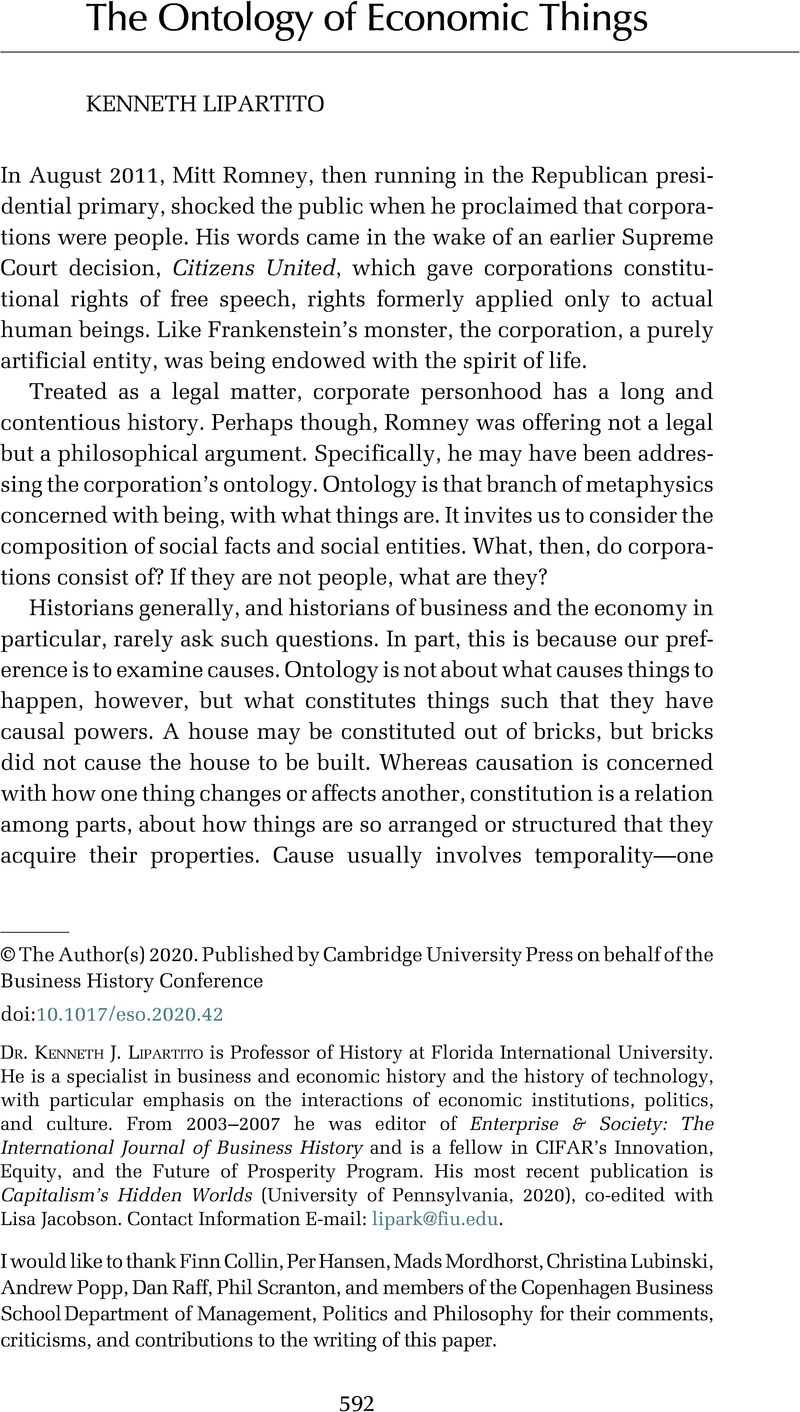Crossref Citations
This article has been cited by the following publications. This list is generated based on data provided by Crossref.
Shkuratenko, Olena
Kuras, Dmytro
and
Bodnar-Petrovska, Olha
2023.
Development of international legal standards in the field of economic and social human rights: Historical and legal analysis in the context of scientific discussion in the journal “Human Rights Quarterly”.
Naukovij vìsnik Nacìonalʹnoï akademìï vnutrìšnìh sprav,
Vol. 28,
Issue. 4,
p.
19.





